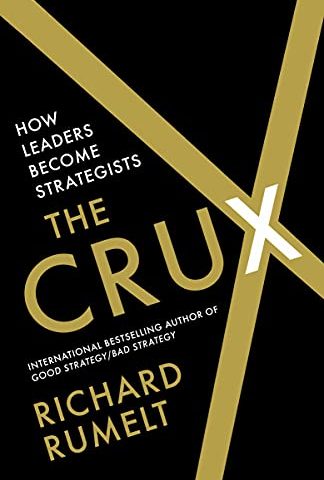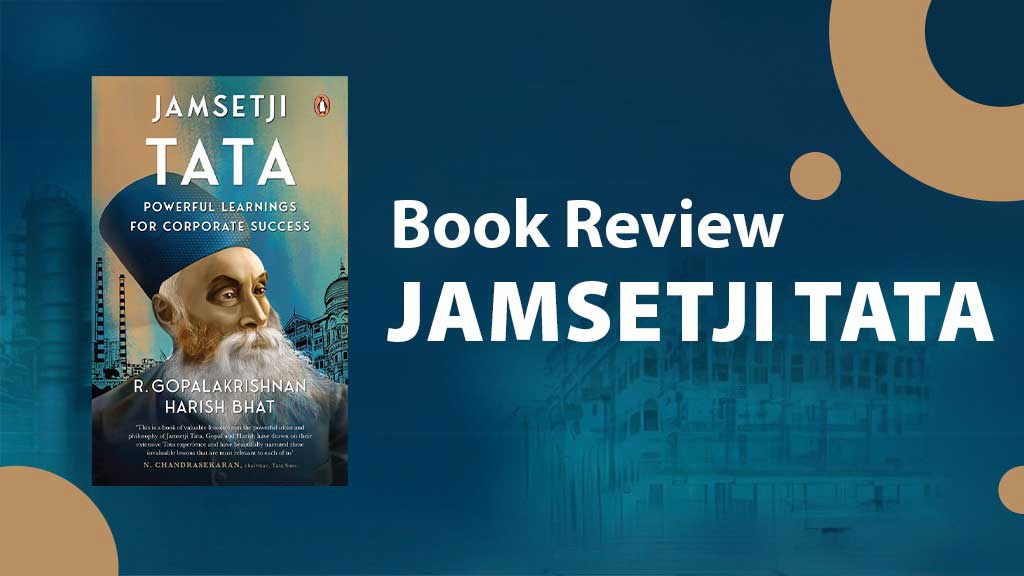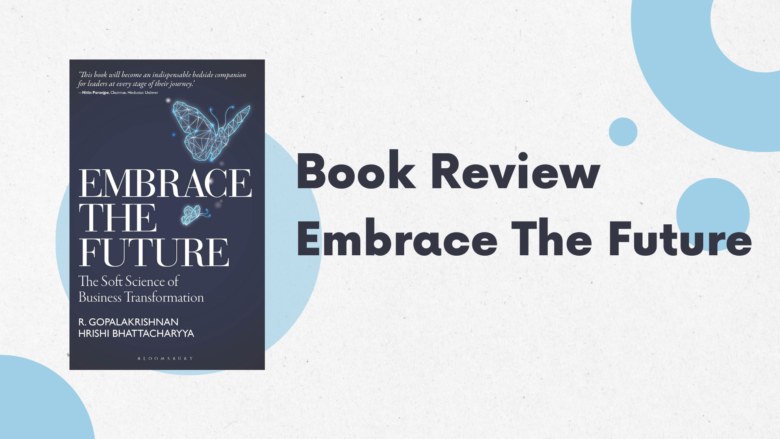Book Review for Business Standard
Book The Crux: how leaders become strategists
Author Richard Rumelt
Reviewer R. Gopalakrishnan, Author and Corporate Advisor
Date 16-7-22
Richard Rumelt is a senior academic and an emeritus chair at the UCLA Andersen School of Management. He is considered by McKinsey to be the “strategist’s strategist”, suggesting that he is a strategy guru. This book is a sequel to his earlier book, “Good Strategy, Bad Strategy”, published in 2011. Judging purely from his writing style and content, he comes through as a thinker, sans the flair and flamboyance that some academics display in spades. For a subject like strategy, this is a positive trait. His articulation and approach resemble, in my view, the style of a Clayton Christensen.
In his 2011 book, Rumelt had declared what a good strategy is. A good strategy is a specific and coherent response to the obstacles to progress. The core, therefore, is to discover the critical obstacles and to design a coherent set of actions to overcome those obstacles.
He had also articulated what good strategy is not. Good strategy is not an overarching vision, nor the high ambition of a leader. It is not about the motivation of people.
Think about the strategy sessions that you may have participated in. Most likely, many were rich with words like vision, mission, goals. They perhaps were so artfully packaged in jargon and so intellectually seductive that unless you are willing to admit that you had not understood, the words could pass off as great strategic thinking.
Think of British Airways several years ago adopting a strategy to be “the most respected company in their field through global leadership, growth, and high shareholder return.” Outside of business, think about national level “strategies” like doubling farmers’ income, rooting out black money, vocal for local, and you will see how alliterations, catch phrases, bombast and fluff play out. Bombast is temporarily seducing, but is not of any permanence, because it represents legitimate and great ambition, but it is not strategy.
Identifying the key obstacles to achieving ambitions is essential before a management can think of actions to overcome them. In his second book, Rumelt has devoted his writing exclusively to this process. Borrowing the term, Crux, from mountaineering, Rumelt argues that it represents the most critical challenge to the desired progress. For any organization, the list of obstacles and challenges is labyrinthine, thus masking what the author calls the “gnarly challenge.”
Gnarly challenges share certain characteristics. They retard a clear definition of what the real obstacle is, and hence, they invariably attract a bundle of ambitions as possible solution. Further, the connection between the proposed actions and the outcome are unclear. This valid statement exemplifies why gnarly problems have to be distilled down to a crux in a disciplined methodology.
Gnarly challenges require focused coordination of multiple activities across many functions, simultaneous with the day-to-day operations working effectively in their silos. The methodology is not intellectual, it is tedious. It involves (i) widespread consultation, (ii) distillation to the most important amidst many important obstacles, (iii) articulating the obstacles unambiguously, and (iv) designing actions that will untangle the crux.
From my own observations, I imagine the crux that must have been identified by Hindustan Lever in its journey over eight decades. I was not the strategist in the cases mentioned here, but was an active player in teams of strategic execution. In the 1930s, the crux was to develop an Indian cadre of management. Untangling this crux took twenty-five years before Prakash Tandon was appointed as Chairman, the first national in any overseas Unilever company. In the 1950s, raw material supply was identified as the crux. This led to the setting up of a Research Centre, the first for Unilever in any overseas country, under the leadership of Cambridge-educated Dr S Varadarajan. In the 1970s, Unilever shareholding under FERA and misguided labor unions were both seen as crux. Between T Thomas and Ashok Ganguly, the battle with policy was waged relentlessly for over a decade until Unilever was permitted 51% and the labor difficulties were untangled by dispersed manufacturing.
Susim Datta faced the challenges of liberalization. He addressed the crux of growth and quality challenges and adopted appropriate methodologies to significantly enhance quality of products and processes. Similarly, as India liberalized, Ratan Tata identified the crux for the Tata Group after the six-decade chairmanship of an iconic JRD Tata as transforming to global competitiveness. The first step was awakening the leadership to squarely face the real challenge of corporate excellence. He did this by advocating the adoption of the Tata Business Excellence Model and the Tata Code of Conduct. On an annual basis of measurement, the exercise held a mirror to every Tata company about how it stacked up against peers. The warts in the reflection delivered the message for action. Rumelt is persuasive against the corruption of real strategy. Fluffy words, inspiration, motivation, catch phrases, all have a role, but should not be confused with strategy, he argues.
Recently one of my client companies requested advice on how the company can execute a strategy of growing revenue by 3 X within five years. I explained to the client that growth is the consequence of strategy, it is at best an ambition, but it is not a strategy. Strategy is like breathing. Good breathing and good strategy both require leaders to learn techniques, and engage with disciplined practice. Ask Baba Ramdev or read James Nestor’s recent book on breathing. If you breathe well or adopt a crux-overcoming strategy, you improve the chances of a successful outcome, which may approach your ambitions—no assurances.
I like James Nestor’s description of good breathing as “a new science of a lost art.” Richard Rumelt’s non-fuss, deep book perhaps merits the same descriptor for strategy as a new science of a lost art.



